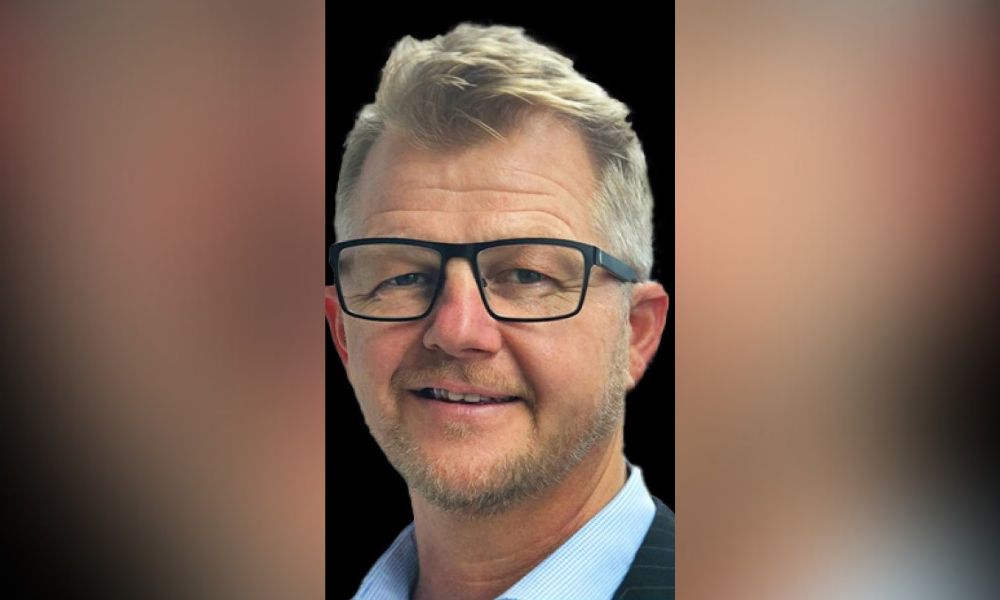Lockton: US wildfire market has too much influence over Australia

Lockton: US wildfire market has too much influence over Australia | Insurance Business Australia
Catastrophe & Flood
Lockton: US wildfire market has too much influence over Australia
“We are a world apart”
Catastrophe & Flood
By
Daniel Wood
In Australia the word bushfire is generally used to describe what most Americans would call a wildfire. Despite these linguistic sensitivities, Cameron Sheild (pictured above) said the global insurance market doesn’t see enough differences between the fire risks in both countries. He was referring to the third-party exposures that involve companies like utility firms and their power lines.
Sheild is Lockton Australia’s strategic risk advisor for Power and Energy. He said the US wildfire insurance market has too much influence over the market in Australia, resulting in “eye watering” liability rates.
“Early on it was very influential and unfortunately, it’s still too much in my opinion,” said Melbourne-based Sheild. “We are a world apart.”
Australia’s bushfire risks are different
He said Australia has its own set of distinctive characteristics, including bushfire mitigation strategies and vegetation management where he believes Down Under is among the world’s leaders.
“Some parts of the insurance market lump in Australia bushfire with other global wildfire events, resulting in unrealistic and eyewatering liability rates,” said Sheild. “They are simply not economically viable and don’t progress beyond the regulatory cost pass-through that should form part of the risk transfer decision making process.”
“The last – very – hard market a few years ago stemmed from multiple full limit losses by PG&E within 12-18 months,” said Sheild. “They subsequently filed for Chapter 11.”
He said this highlights the unique nature of fire risks, particularly in the US.
“Not many businesses can go under due to inadequate insurance but in this case they couldn’t withstand the billions in lawsuits,” said Sheild. “Insurers took huge hits, some multiple hits in successive years.”
However, since then, he said, insurers have rerated their US book significantly.
“They can no longer tolerate US bushfire losses taking them by surprise and subsequently making step changes to their Australian book for example, but it still remains a factor,” said Sheild. “The US wildfire liability book dwarfs Australia, so its impact is always going to be felt.”
Third party fire risks
Sheild’s focus is third party exposures to bushfires, for example, liabilities for firms who own or maintain electricity power lines, rather than first party insurance that would cover a property owner for fire damage.
“Ours is particularly to firms and organisations who may be in the direct firing line of holding a liability from the accusation of starting and/or contributing to a bushfire liability,” he said.
Sheild said since the 1983 Ash Wednesday fires, firms responsible for electricity assets in Australia have been held accountable for bushfires. He gave the example of the 2009 Black Saturday class action settlements.
“It’s appropriate to note that these settlements did not involve findings or an admission of negligence and resulting liability,” said Sheild. “In situations of class actions where sums are huge and transferrable via an insurance vehicle then any insurer is going to weigh up the commercial risk of proceeding to trial against the benefits of early settlement.”
One interesting observation, he said, is that in some Australian cases the accused and their insurer have gone to court and won, setting a “small precedent” that it’s not a “strict liability” regime as it is in parts of the US.
Liability and a hotter planet
Sheild said another issue is playing into liability rates and pushing them upwards.
“In my mind there is a misconception in the market that just because the planet is heating up, then so is the liability exposure,” he said. “I agree there is an increase in risk in some parts of the world, but overall it is not proportionate to the risk mitigation taking place.”
Sheild said Australia’s bushfire risk mitigation is “superior to other parts of the world” partly because the country has a long history of dealing with fire risks. However, the “heating up” misconception persists, he said, and has led to some of the big changes in the local bushfire market in recent years. Sheild said these changes include increased ratings and a reduction in capacity.
“Admittedly, 2022 witnessed some of the flattest ratings in the previous four years and we did see new capital enter the market but there are still some markets being directed by their global head office decision makers impacting a less than optimal outcome,” he said.
Which brings into question, said Sheild, their understanding of Australian bushfire risk and resulting liabilities.
Are you a broker in the bushfire market? What’s your biggest challenge? Please tell us below
Related Stories
Keep up with the latest news and events
Join our mailing list, it’s free!





